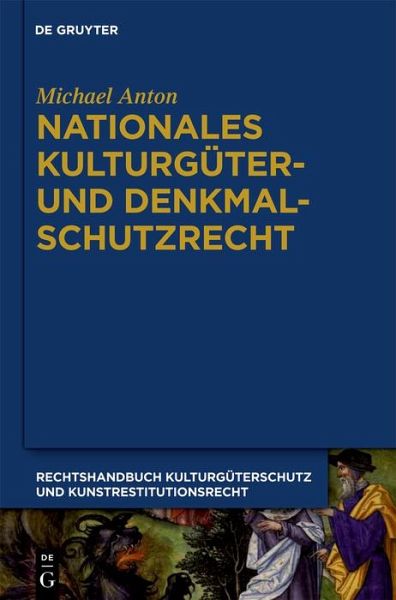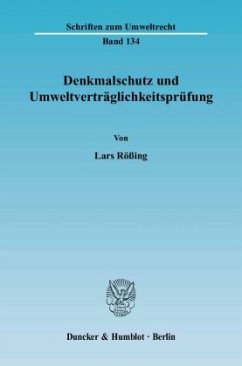
Nationales Kulturgüter- und Denkmalschutzrecht
In nearly every country in the world today, the (inter) national trafficking of cultural goods is subject to state control via public law regulations on cultural goods and monument protection. From a comparative law point of view, volume 4 provides information on possible instruments of cultural protection employed by countries in order to maintain and preserve their own national cultural heritage for future generations. In addition to the state control of art trade, auction houses and museums, topics such as res extra commercium as well as the transfer, export and sales restrictions on cultural goods are addressed in detail. Further essential issues are presented in the commentaries on the nationalization of important pieces of artwork as an instrument of the law of cultural goods protection, which includes the legal assignment of ownership of discovered ancient artifacts, the forfeiture of illegally exported artwork to the state as well as the law of compulsory purchase and the state's right to preemptive purchase. In conclusion, volume 4 particularly addresses the import control of artwork and cultural goods from a comparative law perspective with a focus on the new German Return of Cultural Goods Act (Kulturgüterrückgabegesetz).
Heute unterliegt der (inter-) nationale Kulturgüterverkehr in nahezu allen Staaten der Welt einer staatlichen Kontrolle durch öffentlich-rechtliche Kulturgüter- und Denkmalschutzvorschriften. Band 4 informiert zunächst aus rechtsvergleichender Sicht über mögliche Schutzinstrumentarien kultureller Ursprungsstaaten zur Erhaltung und Bewahrung des eigenen nationalen Kulturerbes für zukünftige Generationen. Neben der staatlichen Kontrolle über das Kunsthandels-, Auktions- und Museumswesen finden bspw. die Extrakommerzialität sowie Verbringungs-, Ausfuhr- und Veräußerungsbeschränkungen von Kulturgütern ausführliche Erläuterung. Zentral sind auch die Kommentierungen der Verstaatlichung bedeutsamer Kunstwerke als Mittel des Kulturgüterschutzrechts, wozu etwa die gesetzliche Eigentumszuweisung von Altertumsfunden, der Verfall illegal exportierter Kunstwerke zu Staatseigentum sowie das Recht der Enteignung und das staatliche Vorkaufsrecht zählen. Besonderes Gewicht kommt in Band 4 schließlich der Importkontrolle von Kunst- und Kulturgütern aus rechtsvergleichender Sicht zu, wobei das Hauptaugenmerk auf dem neuen deutschen Kulturgüterrückgabegesetz ruht.













